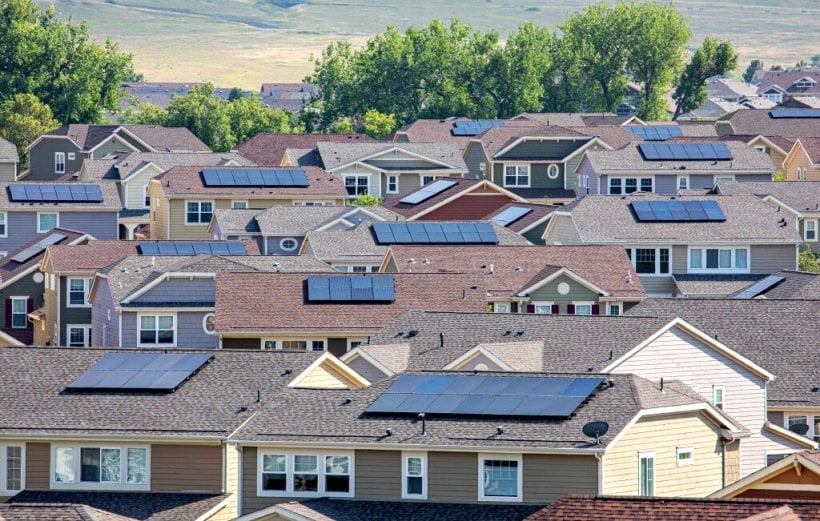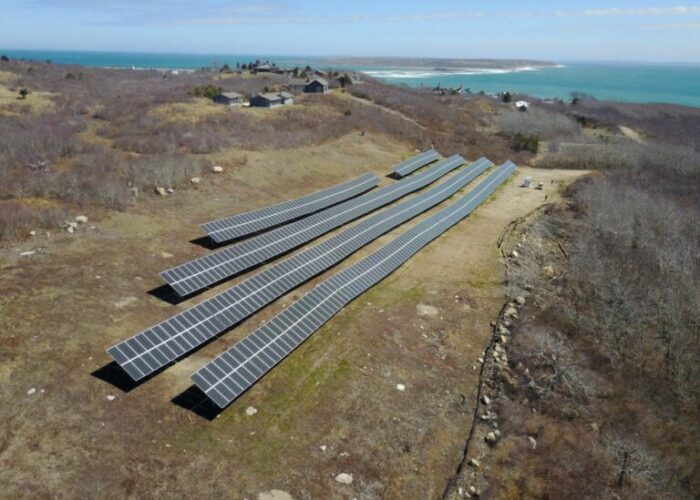
The US Department of Energy (DOE) has published a draft roadmap to reform the grid connection processes for distributed renewable energy sources, such as residential solar PV, in the US.
The draft roadmap, ‘Distributed Energy Resource Interconnection Roadmap: Identifying Solutions to Transform Interconnection by 2035’, includes a number of recommendations for a range of actors in the US grid space, including regulators, utilities and manufacturers, to alleviate grid challenges. These recommendations are split into four broad categories, covering increased access to data; accelerating the permitting process for grid connections; promoting “economic efficiency” for new grid systems; and building a reliable, resilient and secure grid.
Try Premium for just $1
- Full premium access for the first month at only $1
- Converts to an annual rate after 30 days unless cancelled
- Cancel anytime during the trial period
Premium Benefits
- Expert industry analysis and interviews
- Digital access to PV Tech Power journal
- Exclusive event discounts
Or get the full Premium subscription right away
Or continue reading this article for free
“Connecting more distributed energy resources will improve grid reliability and lower energy costs in communities across America,” said Jeff Marootian, principal deputy assistant secretary for energy efficiency and renewable energy. “Solutions in this roadmap can help all states or regions—regardless of their current deployment levels—speed up interconnection and benefit from clean energy.”
As part of this approach, the DOE has also issued a request for information to learn more about the current state of the US interconnection space from a range of actors, including grid operators, utilities, local governments and native landowners. These parties will have until Monday 7 October to submit proposals for the draft roadmap.
Rapid growth in distributed solar
These processes are significant considering the rapid growth in the US solar system. The report points to figures from Wood Mackenzie and the US Solar Energy Industries Association (SEIA) that demonstrate that the US added almost 800,000 residential PV systems in 2023 alone. Between 2010 and 2023, the number of installed residential PV systems has skyrocketed from 89,000 to 4.7 million, and adequately integrating much of this new power-generating capacity has been a challenge for grid operators.
This rate of growth has highlighted the growing need for reform in the US grid space, with figures from the Lawrence Berkeley National Laboratory (LBNL) reporting that, at the end of 2023, there was around 2.6TW of electricity generation and storage capacity waiting for grid connections.
One of the features of the interconnection application system that could be in need of reform, and which the DOE report highlights, is that power generation projects are split into different categories based on their electricity generation capacity, to determine the extent of studying that must be completed before these projects are granted grid connections. LBNL figures found that, while the average capacity of non-residential distributed PV systems varies greatly, the average size of a project installed in 2023 was 229kW, and the range of all operating non-residential distributed PV systems largely covered 10-100kW.
These figures would put many of these systems in the “fast track” assessment category, for projects of a capacity ranging from 50kW to 5MW, requiring them to complete a “brief review” before grid connection. This differs from the “simplified track” category in place for smaller projects below 50kW which includes most residential installations, and means that, under current laws, non-residential distributed systems of increasingly large capacity could be installed at a slower rate than smaller, residential projects.
Another trend in the US solar sector is the sheer volume of capital entering the space, with the International Energy Agency (IEA) reporting that the global solar industry will receive around US$500 billion in investment this year. The report calls on decision-makers in the sector to “improve interconnection outcomes that meet market and policy objectives fairly at lower costs to ratepayers,” which will only become more important as the scale of investment in renewable energy grows.






